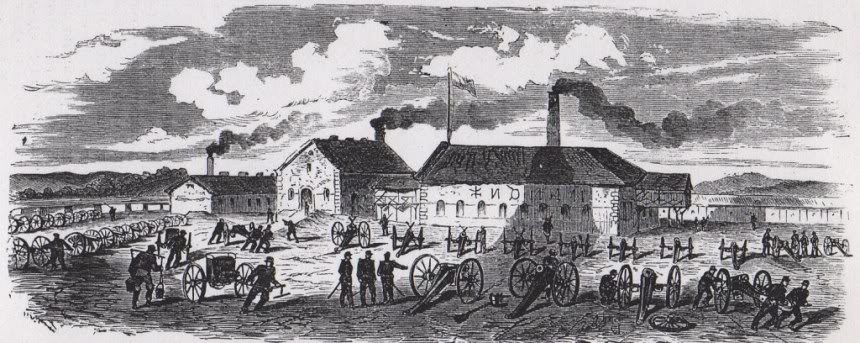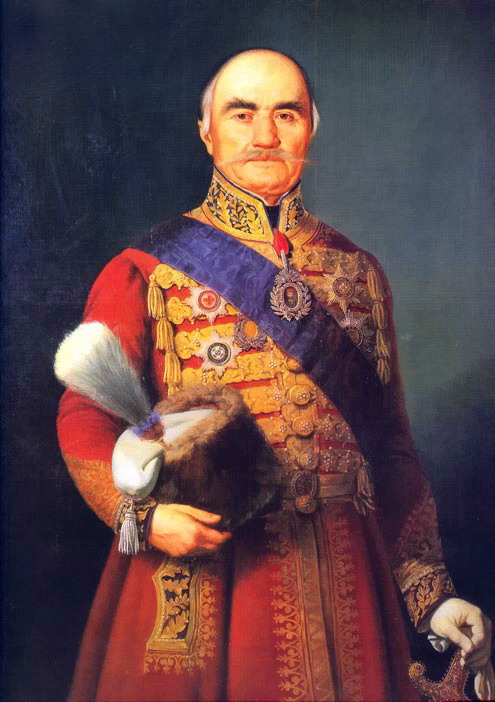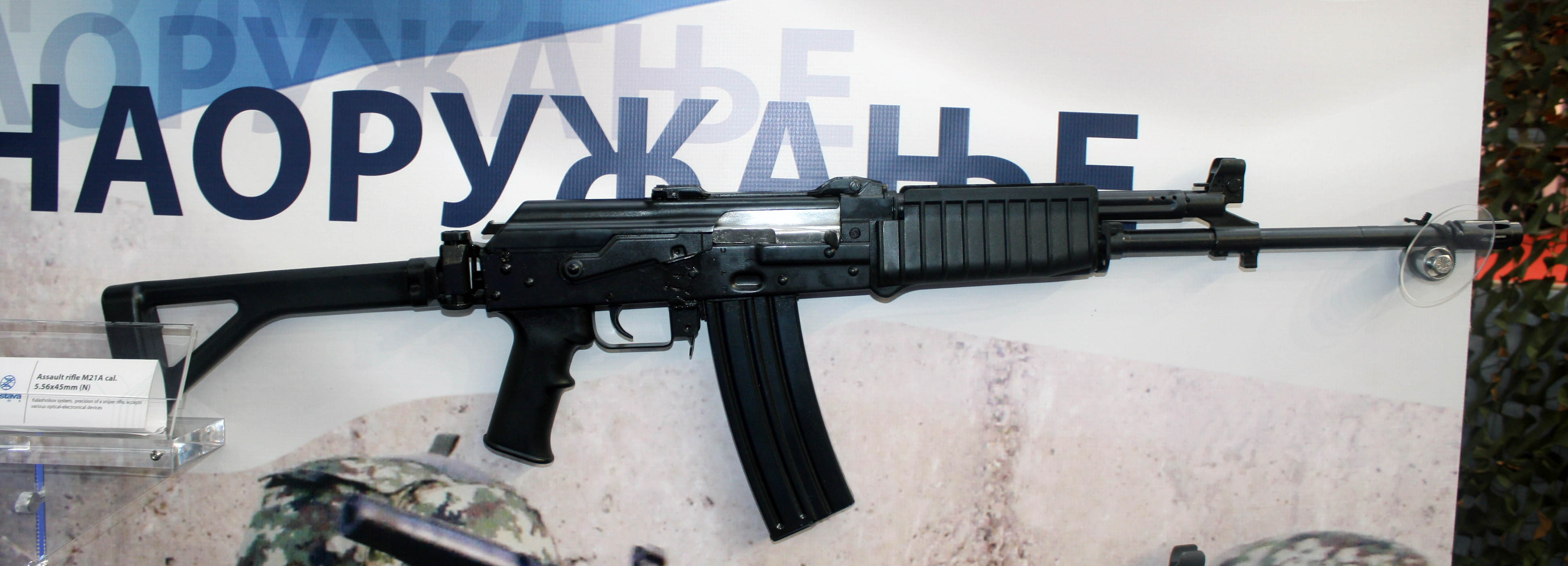|
Kragujevac, Serbia
Kragujevac ( sr-Cyrl, Крагујевац, ) is the fourth largest city in Serbia and the administrative centre of the Šumadija District. It is the historical centre of the geographical region of Šumadija in central Serbia, and is situated on the banks of the Lepenica River. According to the 2022 census, City of Kragujevac has 171,186 inhabitants. Kragujevac was the first capital of modern Serbia and the first constitution in the Balkans, the Sretenje Constitution, was proclaimed in the city in 1835. A unit of the Scottish Women's Hospitals for Foreign Service was located there in World War I. During the Second World War, Kragujevac was the site of a massacre by the Nazis in which 2,778 Serb men and boys were killed. Modern Kragujevac is known for its large munitions (Zastava Arms) and automobile (Fiat Serbia) industries, as well as its status as an education centre housing the University of Kragujevac, one of the region's largest higher education institutions. Etymology ... [...More Info...] [...Related Items...] OR: [Wikipedia] [Google] [Baidu] |
List Of Cities In Serbia
This is the list of cities and towns in Serbia, according to the criteria used by Statistical Office of the Republic of Serbia, which classifies the settlements into ''urban'' and ''other'', depending not only on size, but also on other administrative and legal criteria. Also villages with the municipal rights have been added to the list. Organization ;Cities ''City, Cities'' in administrative sense are defined by the Law on Territorial Organization. The territory with the ''city'' status usually has more than 100,000 inhabitants, but is otherwise very similar to a municipality. They enjoy a special status of autonomy and self-government, as they have their own civic parliaments and executive branches, as well as mayor (, plural: ) is elected through popular vote, elected by their citizens in local elections. Also, the presidents of the municipalities are often referred to as "mayors" in everyday usage. There are 28 cities (, singular: ), each having an assembly and budget of its ... [...More Info...] [...Related Items...] OR: [Wikipedia] [Google] [Baidu] |
Vehicle Registration Plates Of Serbia
Vehicle registration plates of Serbia display black alphanumeric characters on a white background with blue field placed along the left side edge. Issuance of current registration plates started on 1 January 2011 and they were used alongside the old ones during the transitional period until the end of 2011. Standard plates The two-letter regional code is followed by three or four-digit numeric code separated by the Serbian cross, Serbian cross shield and a Cyrillic letter combination for the region below, and then followed by a two-letter alpha code, separated by a hyphen. A blue field is placed along the left side edge, as in European Union countries, bearing SRB (the ISO 3166-1 alpha-3 country code for Serbia). Numeric code contains combination of three or four digits (0-9), while two letter alpha code is made of combination of letters using Serbian Latin alphabet, with addition of letter X (e.g., BG 123-AA or BG 1234-AA). Since 2017 plates with the special "hooked" letters ... [...More Info...] [...Related Items...] OR: [Wikipedia] [Google] [Baidu] |
Gradac, Batočina
Gradac ( sr-cyrl, Градац) is a village in the municipality of Batočina, Serbia , image_flag = Flag of Serbia.svg , national_motto = , image_coat = Coat of arms of Serbia.svg , national_anthem = () , image_map = , map_caption = Location of Serbia (gree .... According to the 2011 census, the village has a population of 206 people. The Gradac Cave located in the village is part of the Cultural Heritage of Serbia list, inscribed in 1979. References Populated places in Šumadija District Batočina {{ŠumadijaRS-geo-stub ... [...More Info...] [...Related Items...] OR: [Wikipedia] [Google] [Baidu] |
Paleolithic
The Paleolithic or Palaeolithic ( years ago) ( ), also called the Old Stone Age (), is a period in human prehistory that is distinguished by the original development of stone tools, and which represents almost the entire period of human prehistoric technology. It extends from the earliest known use of stone tools by Hominini, hominins, 3.3 million years ago, to the end of the Pleistocene, 11,650 Before Present#Radiocarbon calibration, cal Before Present, BP. The Paleolithic Age in Europe preceded the Mesolithic Age, although the date of the transition varies geographically by several thousand years. During the Paleolithic Age, hominins grouped together in small societies such as band society, bands and subsisted by gathering plants, fishing, and hunting or scavenging wild animals. The Paleolithic Age is characterized by the use of Knapping, knapped stone tools, although at the time humans also used wood and bone tools. Other organic commodities were adapted for ... [...More Info...] [...Related Items...] OR: [Wikipedia] [Google] [Baidu] |
Cinereous Vulture
The cinereous vulture (''Aegypius monachus''), also known as the black vulture, Eurasian black vulture, and monk vulture, is a very large Raptor (bird), raptor in the family Accipitridae distributed through much of temperate Eurasia. With a body length of , across the wings and a maximum weight of , it is the largest Old World vulture and largest member of the family Accipitridae. ''Aegypius monachus'' is one of the largest birds of prey and it plays a huge role in its various ecosystems by eating carcasses, which in turn reduces the spread of diseases. The vultures are constantly exposed to many pathogens because of their eating carrion. A study of the gastric and immune defense systems conducted in 2015 sequenced the bird's entire genome. The study compared cinereous vultures to bald eagles, finding positively selected genetic variations associated with respiration and the ability of the vulture's immune defense responses and gastric acid secretion to digest carcasses. Taxonom ... [...More Info...] [...Related Items...] OR: [Wikipedia] [Google] [Baidu] |
University Of Kragujevac
The University of Kragujevac () is a public university in Kragujevac, Serbia. It is the oldest and the largest higher education institution in Šumadija and Western Serbia The Šumadija and Western Serbia () is one of the five statistical regions of Serbia. It is also a Level-2 statistical region according to the Nomenclature of Territorial Units for Statistics (NUTS). History In 2009, the National Assembly adop .... The contemporary centralized university was founded in 1976 and today is organized into 12 constituent faculties. The university offers 118 study programs in the fields of natural sciences and mathematics, social sciences, social and human sciences, medical sciences, engineering sciences, and arts. As of 2020–21 school year, there are around 14,179 enrolled students on undergraduate studies, undergraduate, graduate studies, graduate, doctoral studies, doctoral, integrated studies, integrated and vocational education, vocational studies. University of Kraguje ... [...More Info...] [...Related Items...] OR: [Wikipedia] [Google] [Baidu] |
Fiat Serbia
FCA Serbia (), formerly FIAT Automobiles Serbia (FAS) from 2008 to 2014, is a Serbian automotive manufacturing company based in Kragujevac, Serbia. It is a joint venture (JV) between Stellantis, which owns 67% of the operation, and the Republic of Serbia, which owns the remainder. The company headquarters and assembly plant are located on the former site of Zastava Automobiles (1953–2008) – 70 miles south of Belgrade on the Lepenica river in the country's central Šumadija region. Heavily damaged during the NATO bombing of Yugoslavia, the factory was completely renovated and modernized, reopening in April 2012 as one of Europe's state of the art car factories. As of 2023, the operation has roughly 670 employees and works closely with 15 other companies and component suppliers, many located at the adjacent Grosnica Supplier Park — with a combined workforce of roughly 6,000 tied to production at Fiat Serbia. The factory has a daily output of roughly 400 cars. Dur ... [...More Info...] [...Related Items...] OR: [Wikipedia] [Google] [Baidu] |
Zastava Arms
Zastava Arms () is a Serbian manufacturer of firearms and artillery, based in Kragujevac, Serbia. In 1853, it was founded, and cast its first cannon. It is the leading producer of firearms in Serbia and is a large contributor to the local defense industry. Zastava Arms produces and exports a wide variety of products to over forty countries, including the Zastava M70, a variant of the Kalashnikov rifle. History The successful production of four four-pound cannons and two short howitzers on 27 October 1853 is date of foundation of Zastava Arms in Kragujevac. Between 1856 and 1860, the facilities in Kragujevac received many upgrades to its manufacturing system, eventually allowing the plant to produce weapons with full parts interchangeability. In 1878, one of the main priorities became the modernization of armaments. Serbian rifle „Piboduša“ Model 1870 Peabody became obsolete with their large 14,9mm caliber. After a research project and a competitive tender in 1879, a new m ... [...More Info...] [...Related Items...] OR: [Wikipedia] [Google] [Baidu] |
Scottish Women's Hospitals For Foreign Service
The Scottish Women's Hospitals for Foreign Services (SWH) was founded in 1914. It was led by Dr Elsie Inglis and provided nurses, doctors, ambulance drivers, cooks and orderlies. By the end of World War I, 14 medical units had been outfitted and sent to serve in Corsica, France, Malta, Romania, Russia, Salonika and Serbia. Beginnings At the outset of the war, Dr Elsie Inglis was secretary for the Scottish Federation of Women's Suffrage Societies, Scottish Federation of Women Suffrage Societies, affiliated with the National Union of Women's Suffrage Societies (NUWSS) headed by Millicent Garrett Fawcett.Weiner, M-F. "The Scottish Women's Hospital at Royaumont", J R Coll Physicians Edinb 2014; 44: 328–36 The SWH was spearheaded by Dr Inglis, as part of a wider suffrage effort from the Scottish Federation of the National Union of Women's Suffrage Societies and funded by private donations, fundraising of local societies, the National Union of Women's Suffrage Societies and the Amer ... [...More Info...] [...Related Items...] OR: [Wikipedia] [Google] [Baidu] |
Sretenje Constitution
The Constitution of the Principality of Serbia ( Slavonic-Serbian: ) known as the Sretenje Constitution ("Candlemas Constitution"), was the first constitution of the Principality of Serbia, adopted in Kragujevac in 1835. The Constitution was written by Dimitrije Davidović. The Constitution divided the power into legislative, executive and judicial branches, which is still considered the standard of democracy and constitutionality today. The government consisted of the prince, the State Council and the National Assembly. The constitution stipulated that the prince and the State Council share the executive power. Citizens' rights and freedoms were protected, such as the inviolability of personality, the independence of the judiciary and the right to a lawful trial, freedom of movement and settlement, the right to choose a profession, equality of citizens, regardless of religion and ethnicity. Although enacted by the Grand National Assembly, the constitution was suspended ... [...More Info...] [...Related Items...] OR: [Wikipedia] [Google] [Baidu] |
Balkans
The Balkans ( , ), corresponding partially with the Balkan Peninsula, is a geographical area in southeastern Europe with various geographical and historical definitions. The region takes its name from the Balkan Mountains that stretch throughout the whole of Bulgaria. The Balkan Peninsula is bordered by the Adriatic Sea in the northwest, the Ionian Sea in the southwest, the Aegean Sea in the south, the Turkish straits in the east, and the Black Sea in the northeast. The northern border of the peninsula is variously defined. The highest point of the Balkans is Musala, , in the Rila mountain range, Bulgaria. The concept of the Balkan Peninsula was created by the German geographer August Zeune in 1808, who mistakenly considered the Balkan Mountains the dominant mountain system of southeastern Europe spanning from the Adriatic Sea to the Black Sea. In the 19th century the term ''Balkan Peninsula'' was a synonym for Rumelia, the parts of Europe that were provinces of the Ottoman E ... [...More Info...] [...Related Items...] OR: [Wikipedia] [Google] [Baidu] |
Lepenica (Great Morava)
The Lepenica ( sr-Cyrl, Лепеница) is a river in the region of Šumadija, in central Serbia. It is long and runs through the city of Kragujevac. The Lepenica springs in the village of Goločelo, southwest of Kragujevac. It receives 37 tributaries, many of which spring on the slopes of the Gledić mountains. It flows into the Great Morava at Lapovo. It used to be navigable for small vessels, but today is reduced to the minor stream. Still, the river was known for floods, especially after the streams and creeks from the Gledić mountains rise during the heavy rains. The greatest flood happened in 1897, when the river completely changed its course, leaving the old riverbed, and shortening itself for , from to . The banks on its course through Kragujevac were arranged for the first time in 1970, after a major flood. The riverbed was further deepened in 1978, when floodings in Kragujevac stopped as the river was reduced to the small stream in the concreted riverbed. The qua ... [...More Info...] [...Related Items...] OR: [Wikipedia] [Google] [Baidu] |






